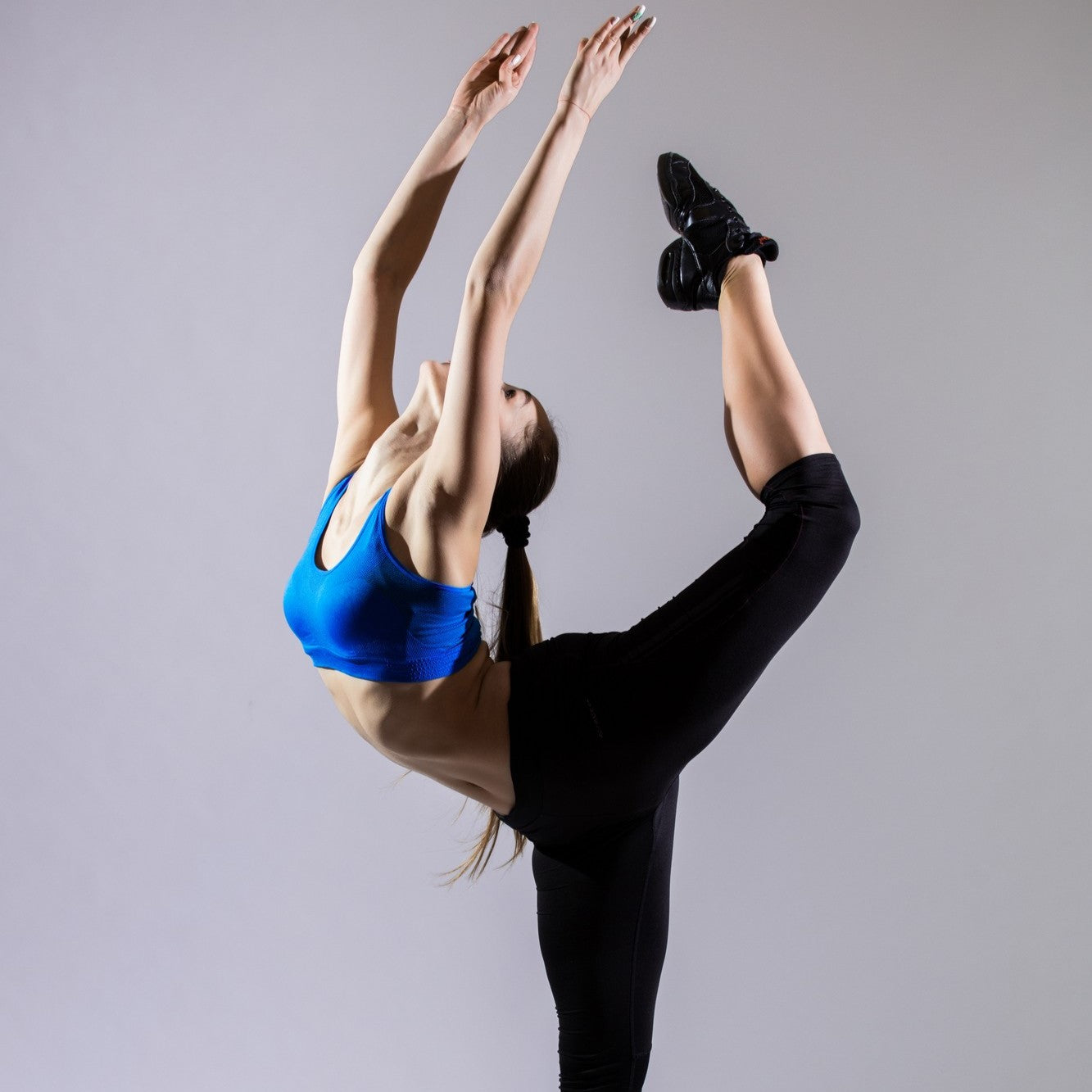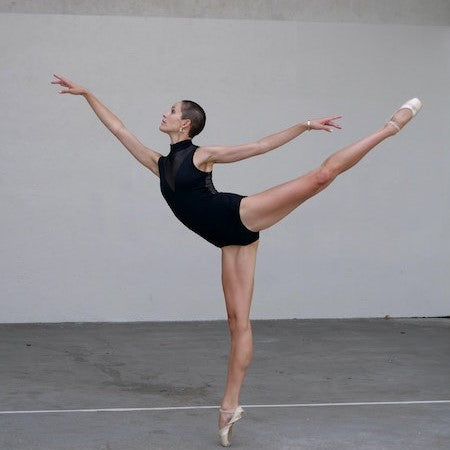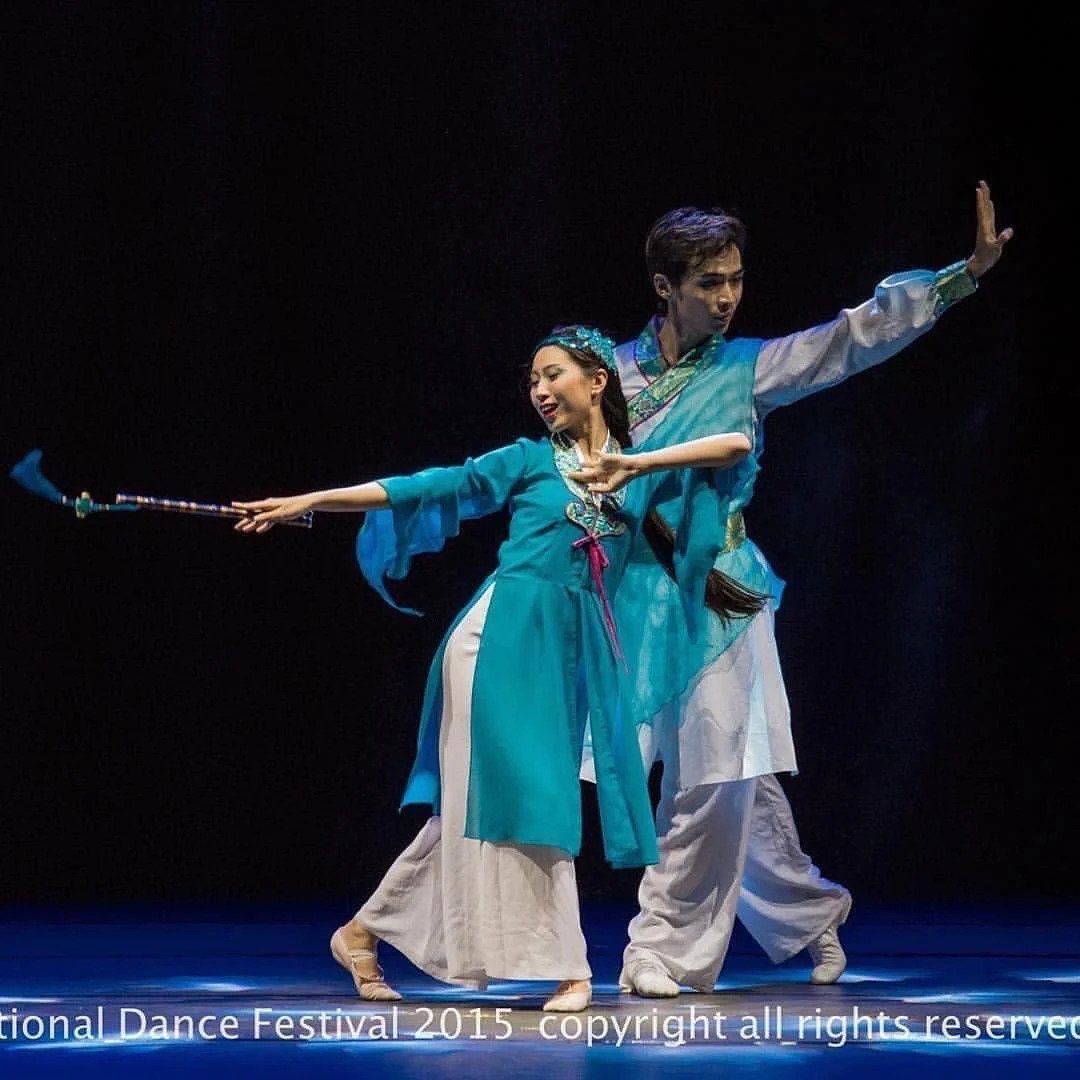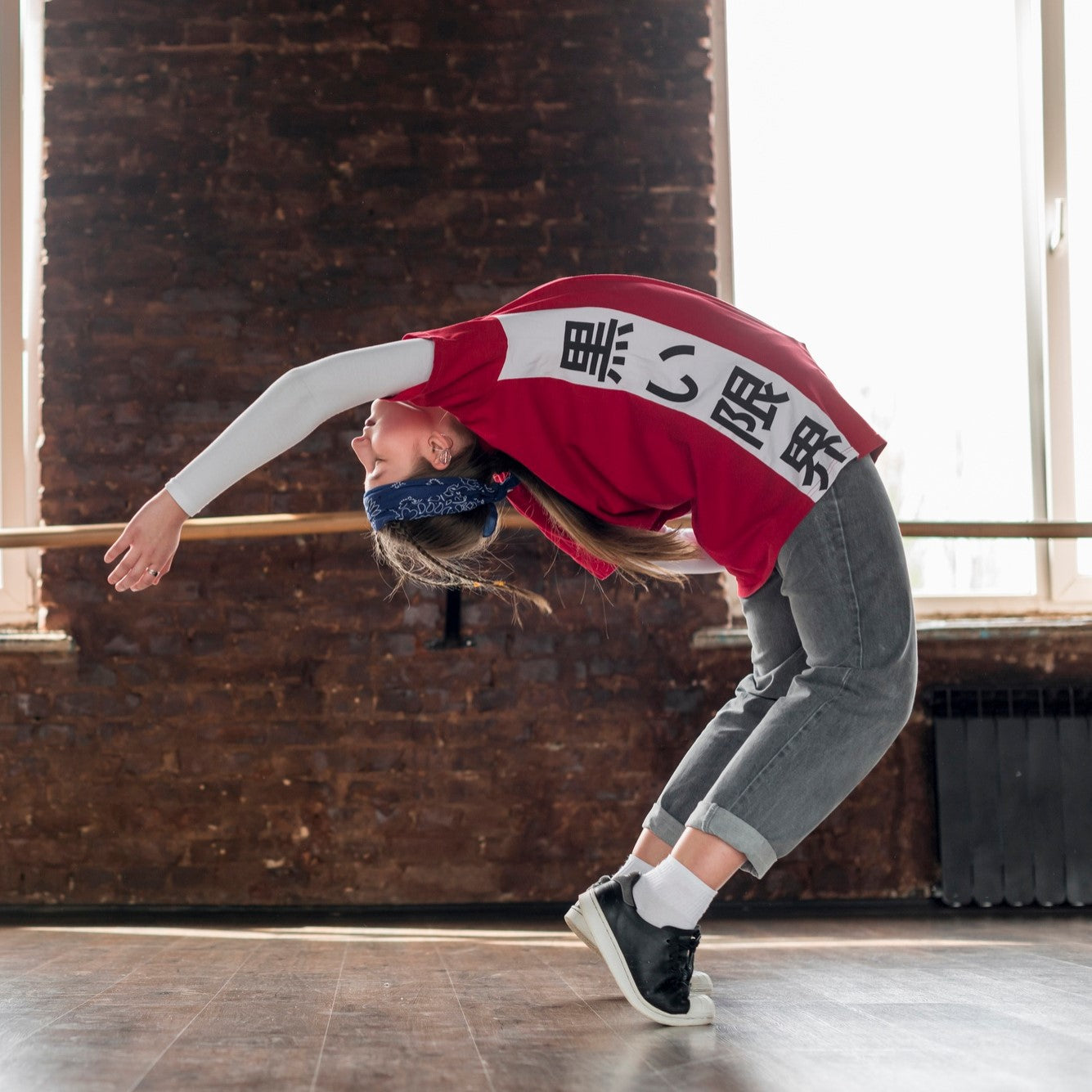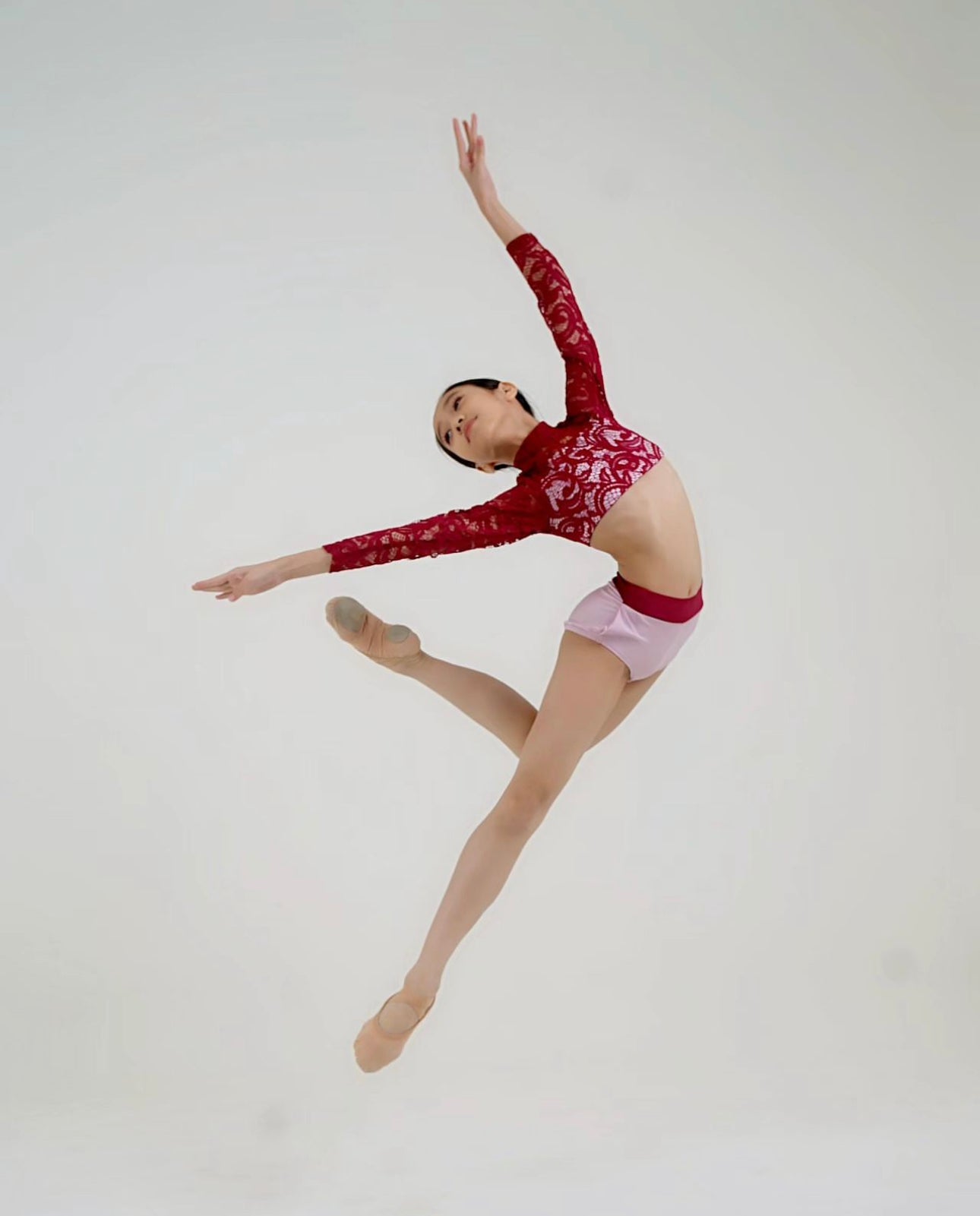Customer Service +65 8044 8419
Popular Products
Shatterproof Framed Mirror on Wheels
- From $659.00
$0.00- From $659.00
- Unit price
- / per
Shatterproof Frameless Mirror on Wheels
- From $729.00
$0.00- From $729.00
- Unit price
- / per
Shatterproof Frameless Hung On Wall Mirror
- From $539.00
$0.00- From $539.00
- Unit price
- / per
Popular Products
Shatterproof Framed Mirror on Wheels
- From $659.00
$0.00- From $659.00
- Unit price
- / per
Shatterproof Frameless Mirror on Wheels
- From $729.00
$0.00- From $729.00
- Unit price
- / per
Shatterproof Frameless Hung On Wall Mirror
- From $539.00
$0.00- From $539.00
- Unit price
- / per
-
 Dancewear
Dancewear
- Dancewear
- Go to Dancewear
-
 Collections
Collections
- Collections
- Go to Collections
-
 New
New
-
 All
All
-
 Gifts
Gifts
-
 Tops
Tops
-
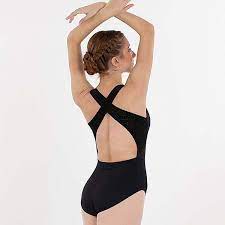 Leotards
Leotards
- Leotards
- Go to Leotards
-
 Leotards
Leotards
- Unitards
-
 Bottoms
Bottoms
-
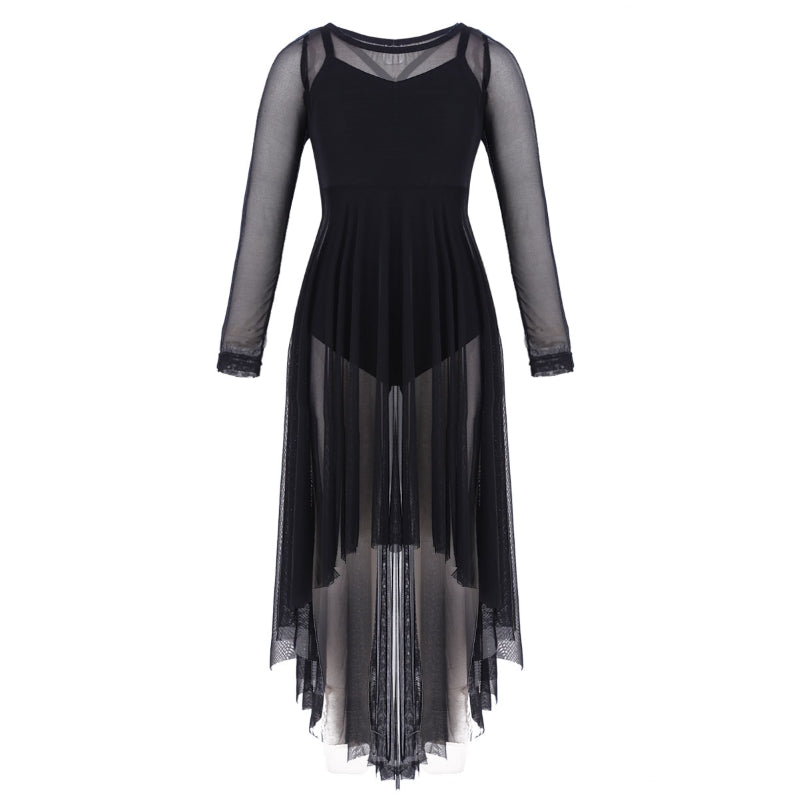 Dresses
Dresses
- Dresses
- Go to Dresses
-
 Dresses
Dresses
-
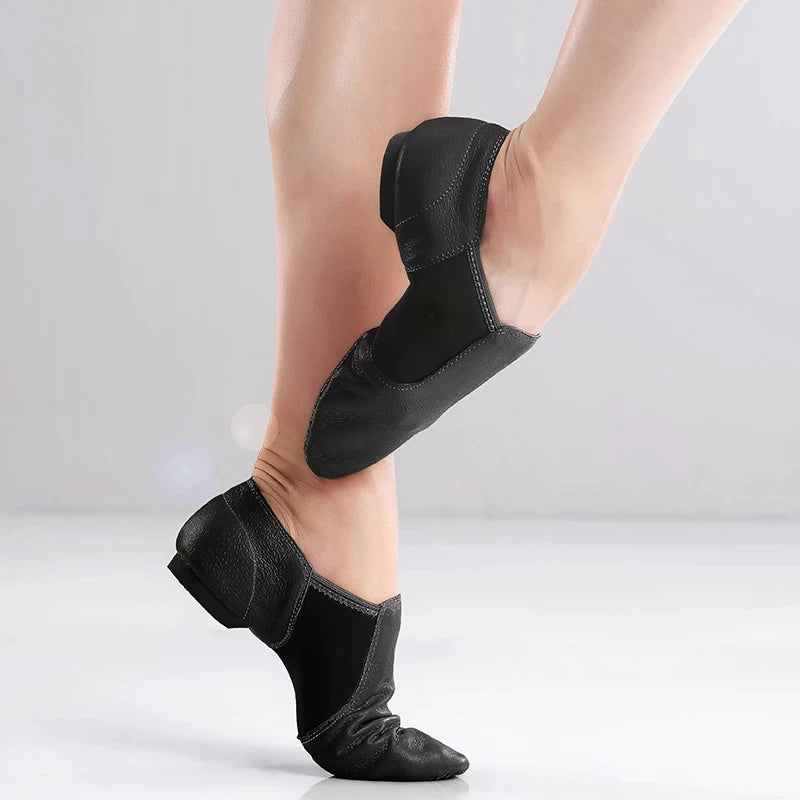 Footwear
Footwear
-
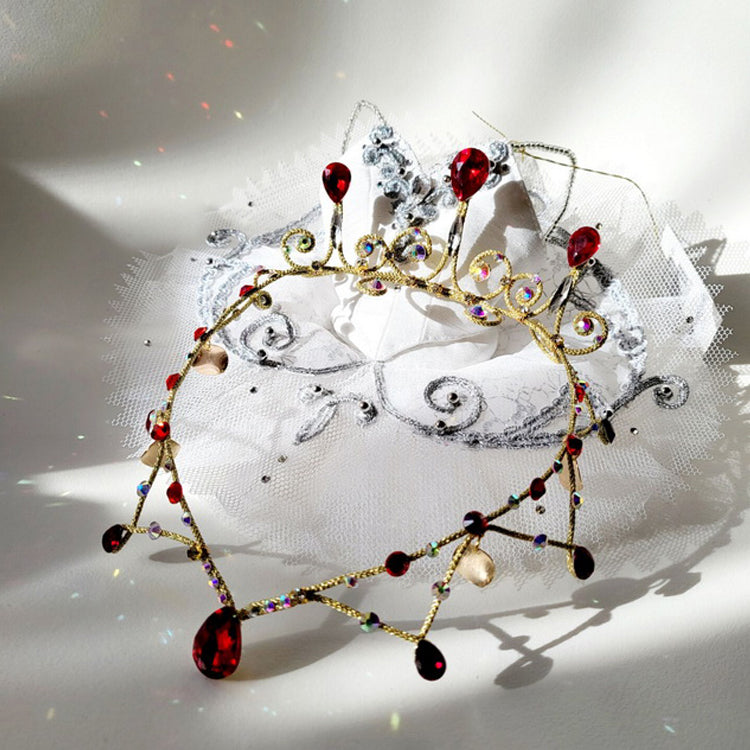 Accessories
Accessories
-
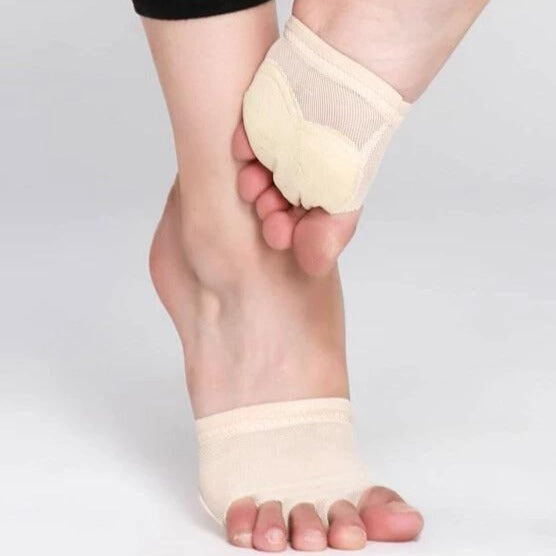 Dance Styles
Dance Styles
-
 Hair & Makeup
Hair & Makeup
- Hair & Makeup
- Go to Hair & Makeup
- Hair
-
 Makeup
Makeup
- Dance Hair Tips
-
 Tailoring
Tailoring
- Tailoring
- Go to Tailoring
-
 Tailoring Services
Tailoring Services
- Tailoring Services
- Go to Tailoring Services
- Our Tailoring Services
-
Designs Lookbook
- Designs Lookbook
- Go to Designs Lookbook
-
 Design Sketches
Design Sketches
- Design Sketches
- Go to Design Sketches
- All
- Tops
- Leotards
- Bottoms
- One Piece
- Ballet Tutus
- Sewing Class
-
DIY Accessories
- DIY Accessories
- Go to DIY Accessories
- Fabrics
- Rhinestoning
- Sewing Machines
- Sewing Accessories
-
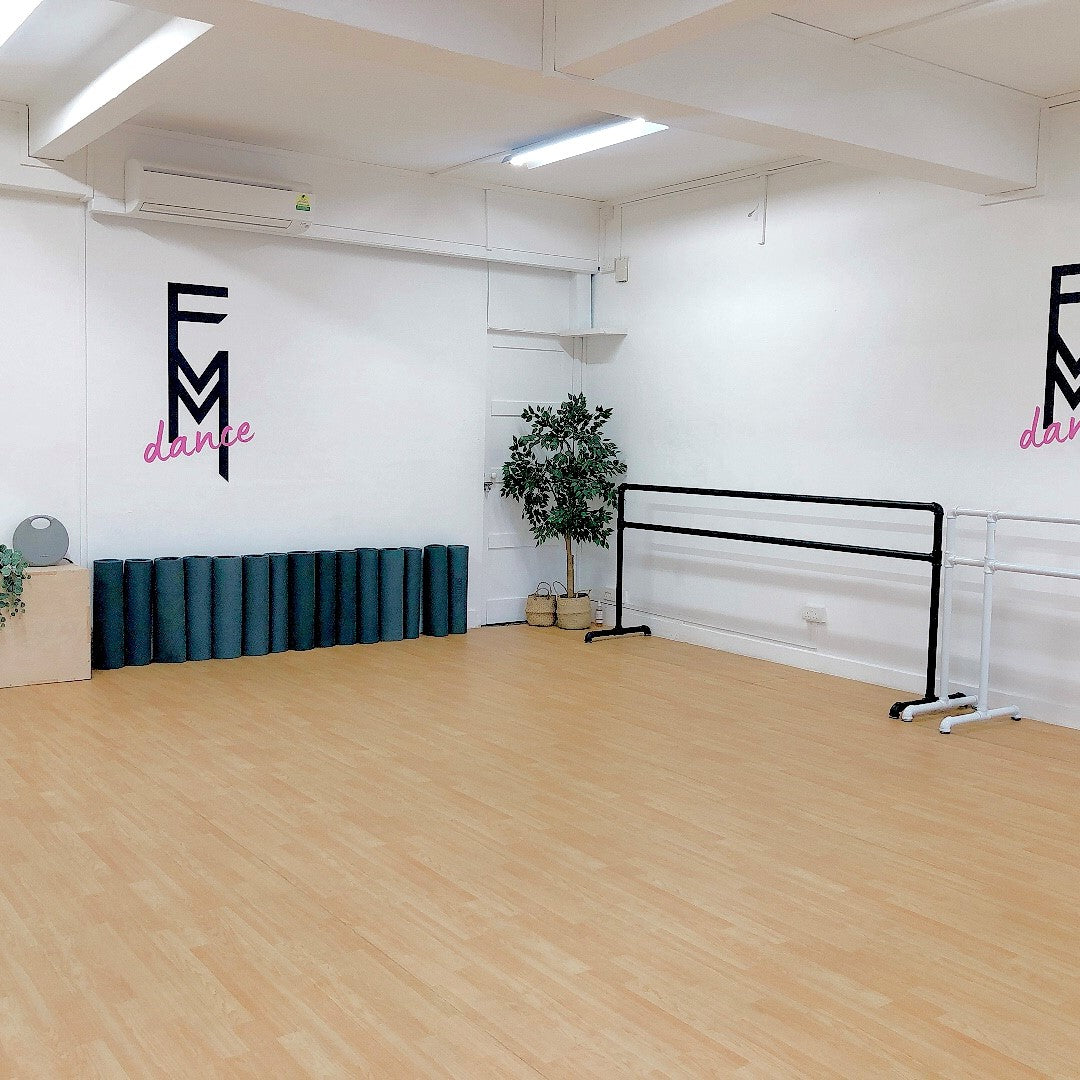 Rental
Rental
-
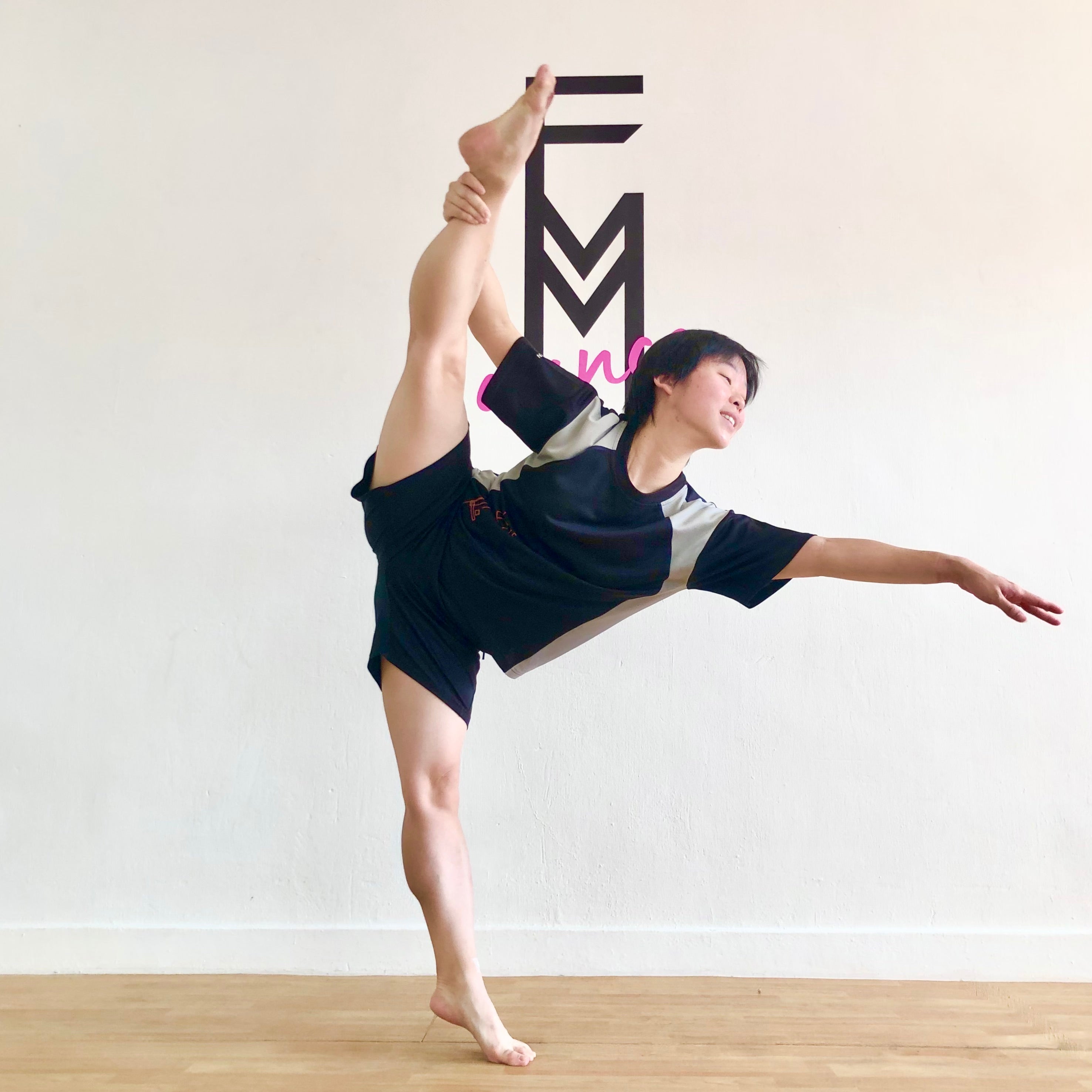 Classes
Classes
- Classes
- Go to Classes
-
About Our Studio
- About Our Studio
- Go to About Our Studio
- A Community Studio
- Instructors
-
Who Are Private Classes For?
- Who Are Private Classes For?
- Go to Who Are Private Classes For?
- Competition Dancers
- Complete Beginners
- Corporate Classes
- Solo Classes
- Group Classes
- Masterclasses
-
Pricing
- Pricing
- Go to Pricing
- Private Class Price
-
Private Class Booking
- Private Class Booking
- Go to Private Class Booking
- Private Class Booking
- Private Class Packages
-
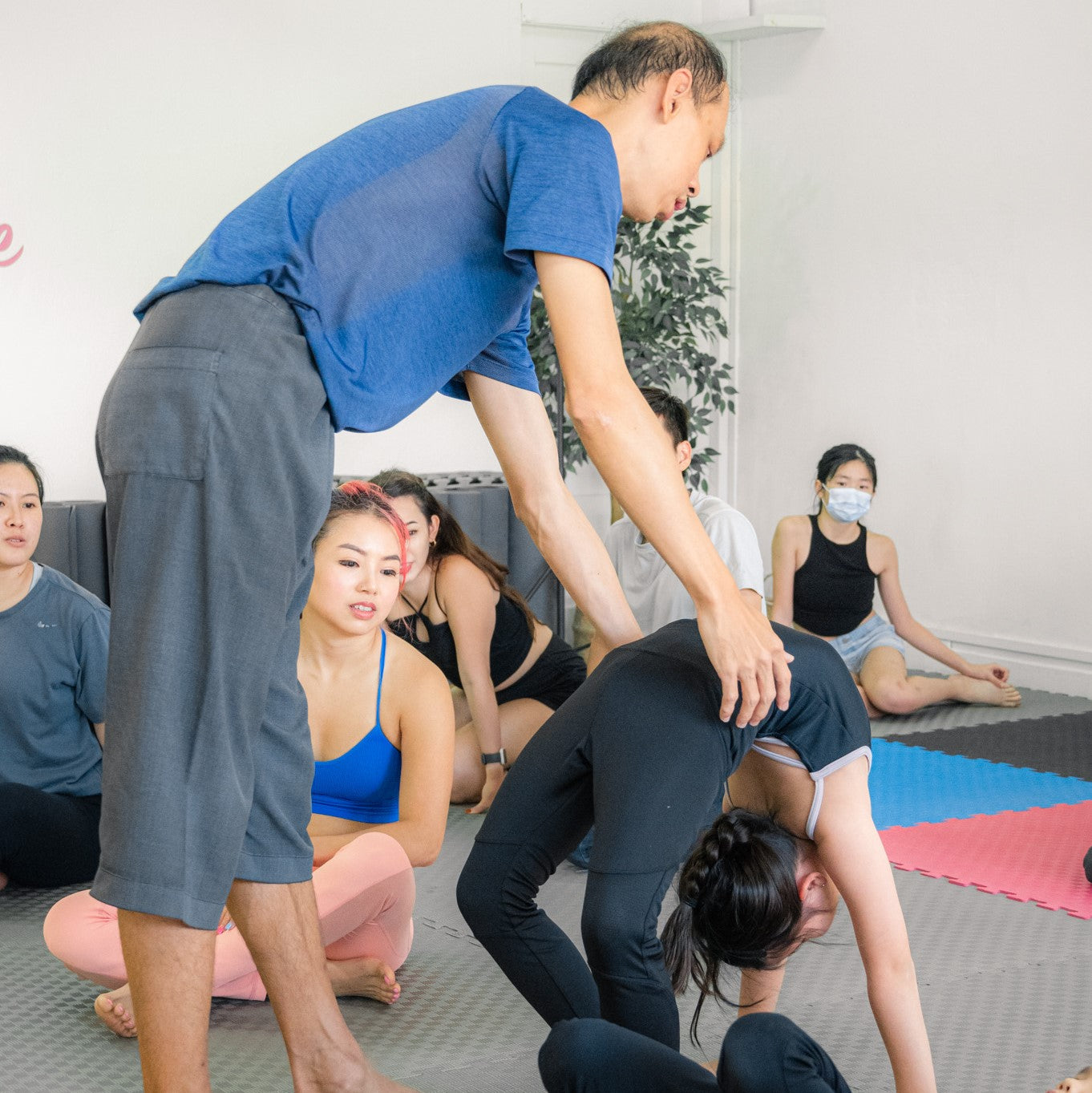 Dance Classes
Dance Classes
-
Fitness & Wellness
- Fitness & Wellness
- Go to Fitness & Wellness
-
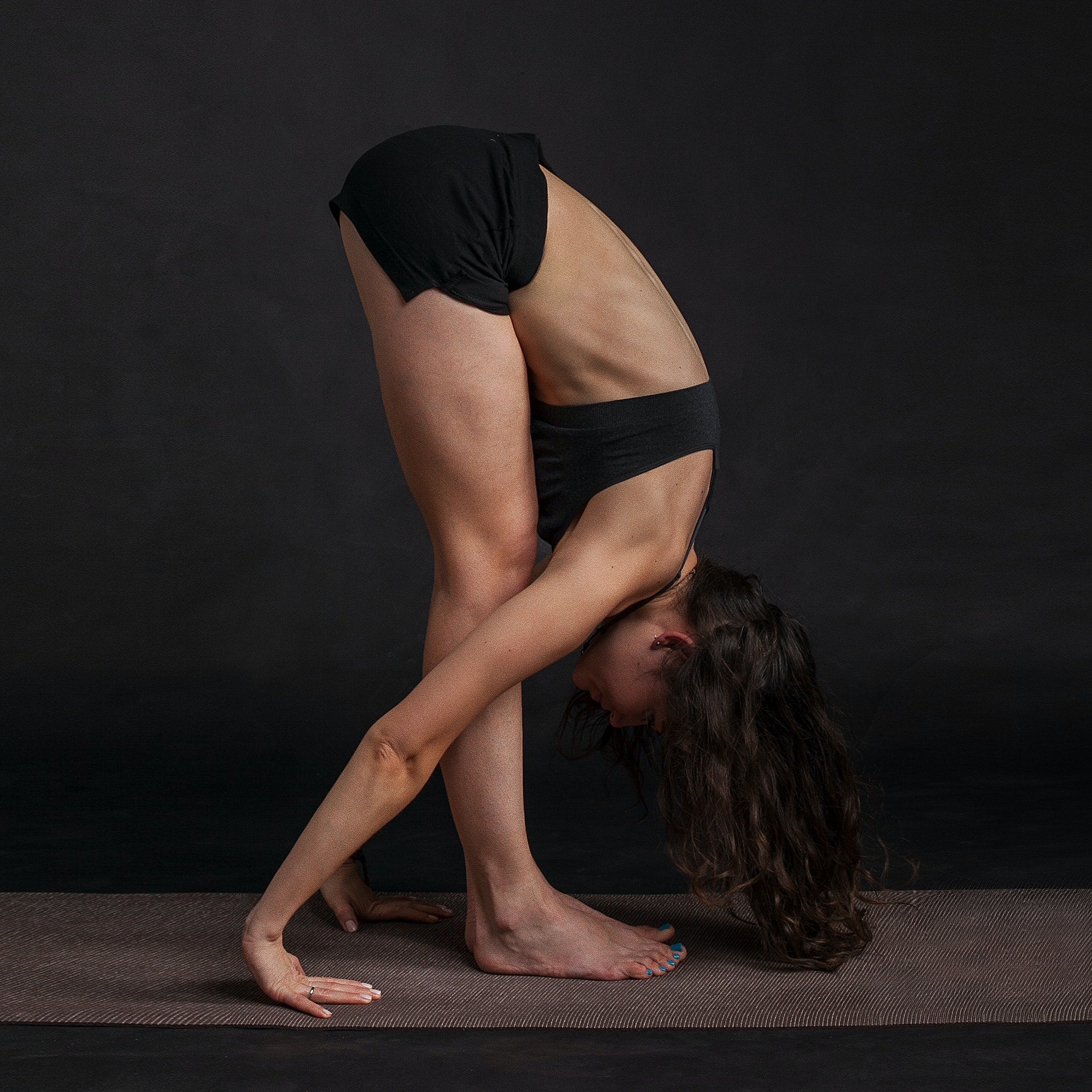 Yoga
Yoga
-
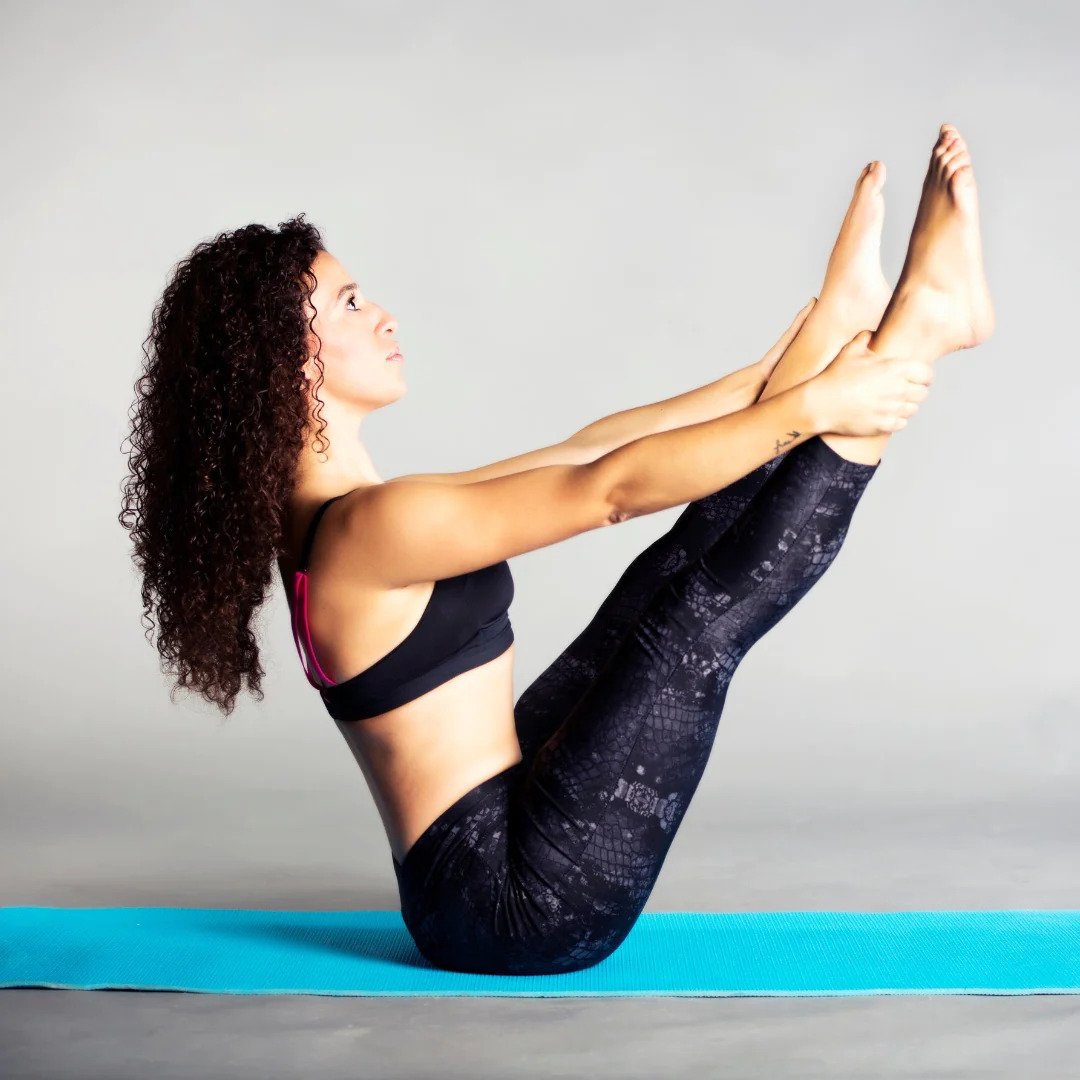 Pilates
Pilates
- Zumba
- Barre Fitness
-
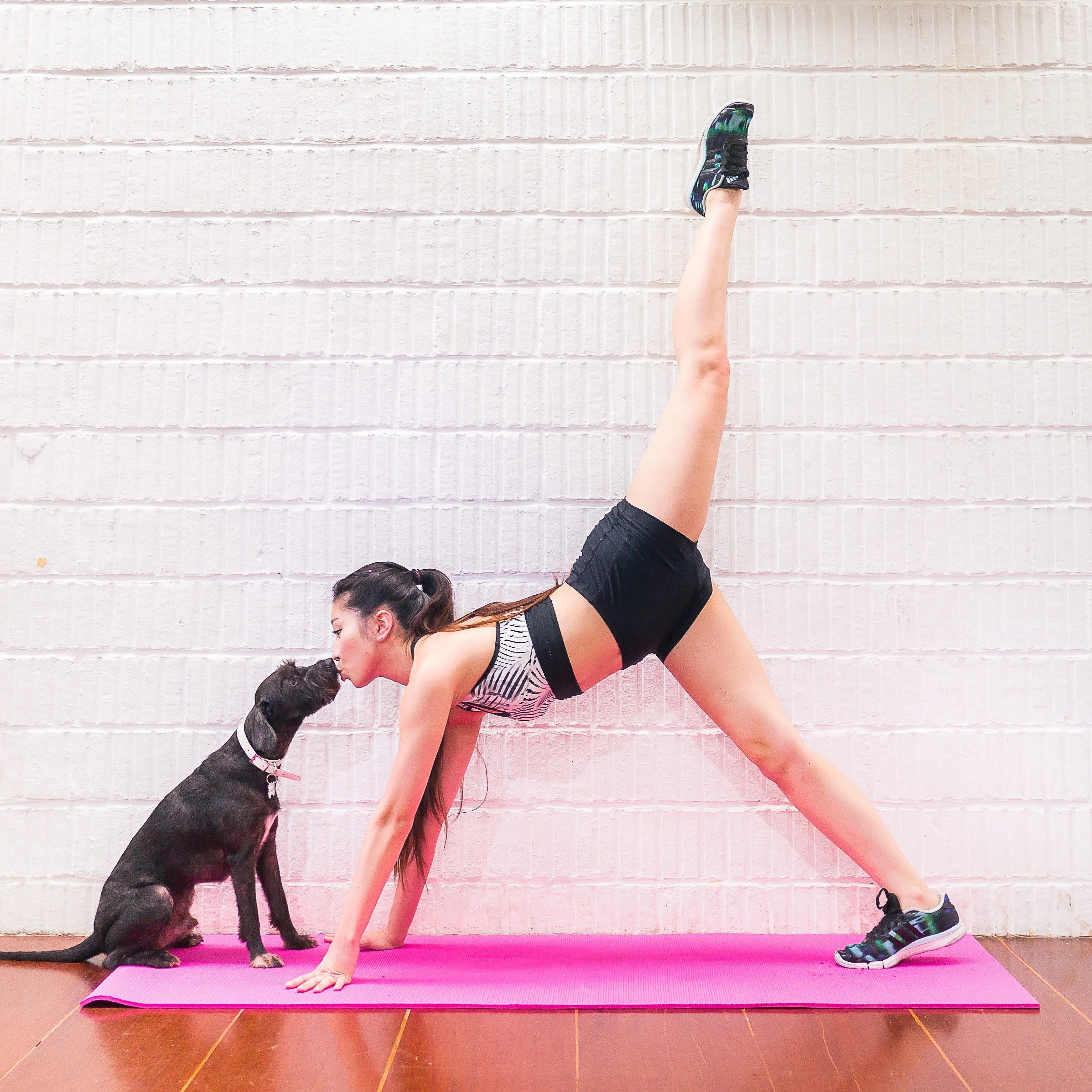 Stretch & Tone
Stretch & Tone
- Dance Therapy
- Sports Massage
- Class Videos
-
 Choreography Services
Choreography Services
- Choreography Services
- Go to Choreography Services
- DSA
- Events
- Wedding
- Auditions
- Performances
-
Online Dance Class
- Online Dance Class
- Go to Online Dance Class
- Online Private Dance Class
- Online Dance Courses
-
 Equipments
Equipments
- Equipments
- Go to Equipments
-
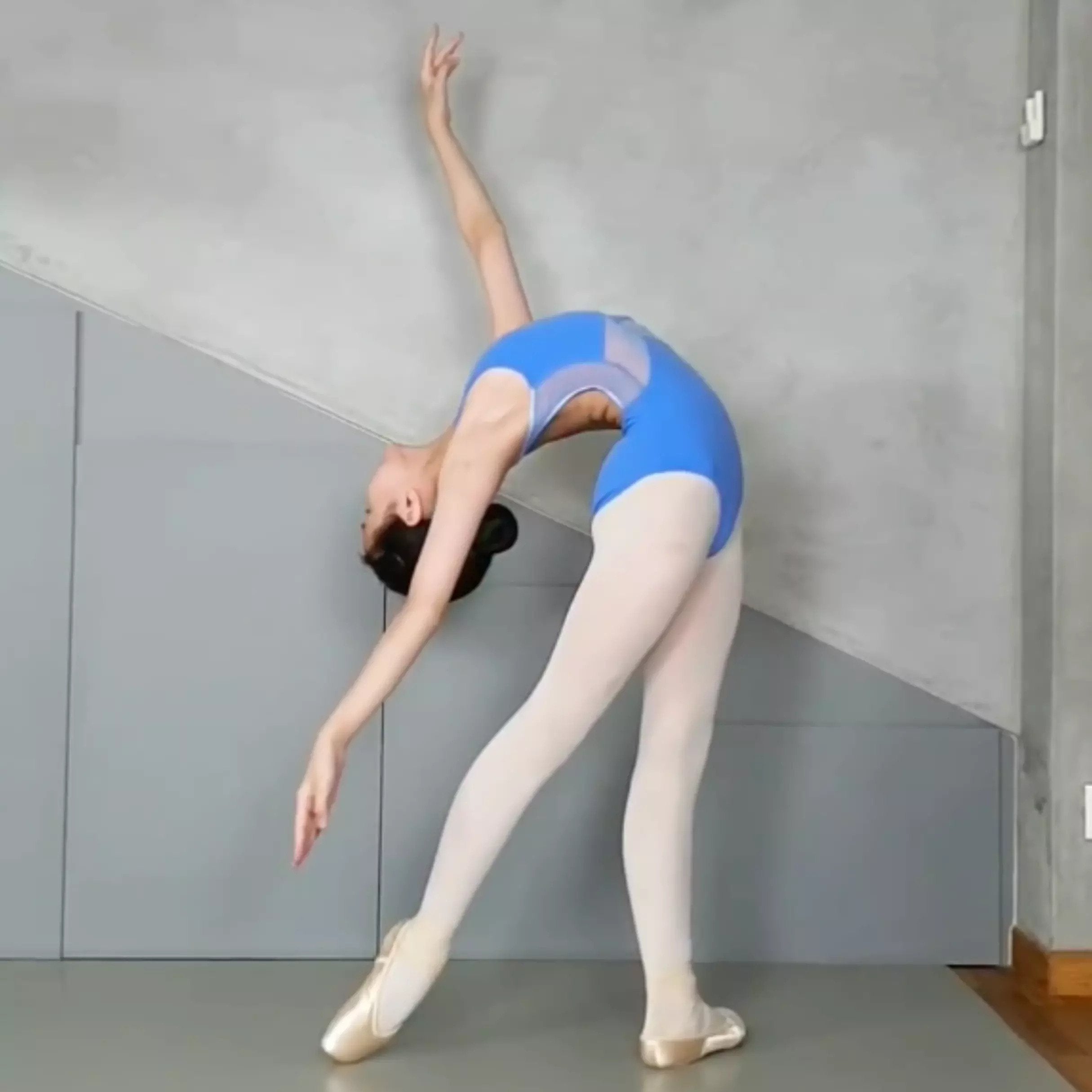 Marley Dance Mats
Marley Dance Mats
-
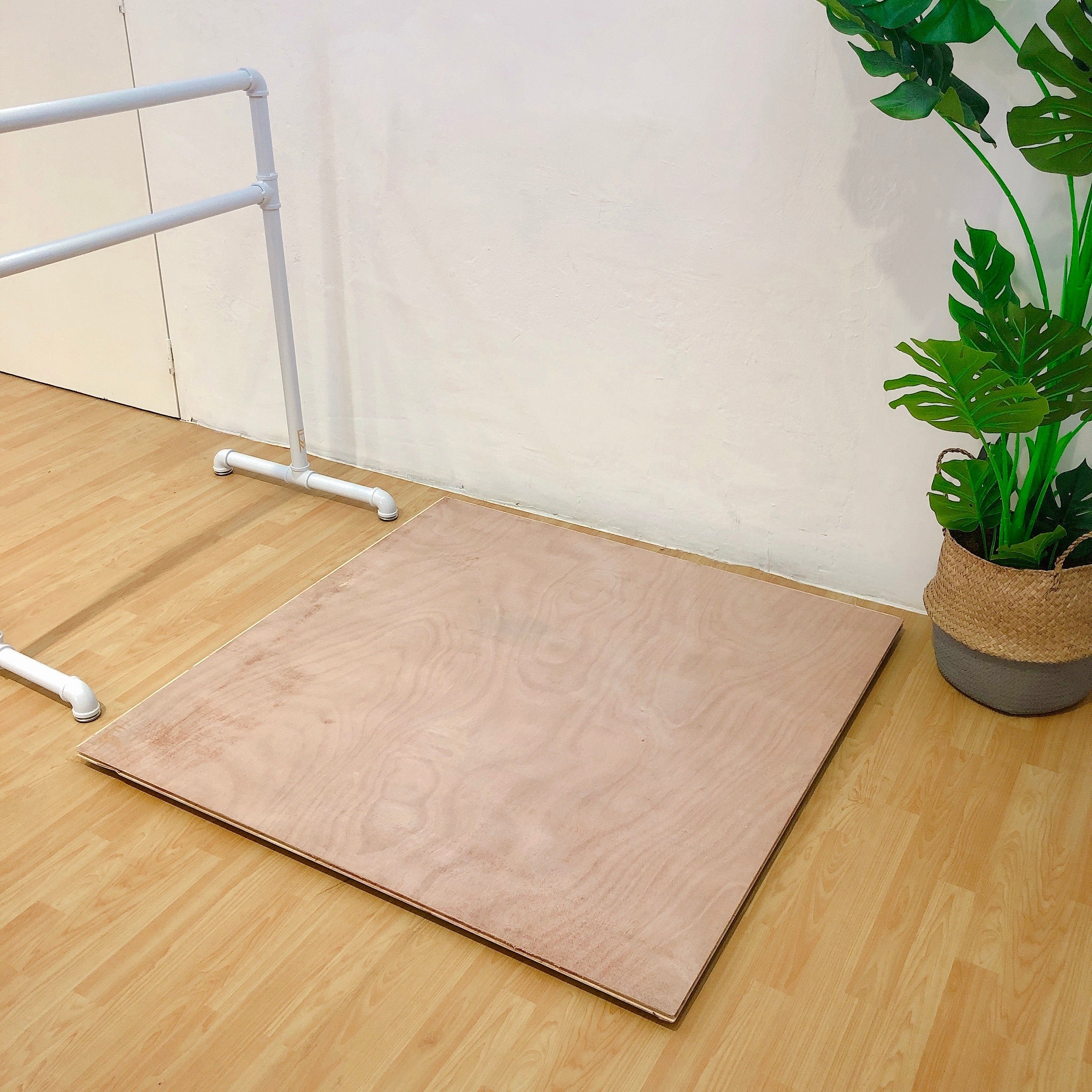 Sprung Dance Floor
Sprung Dance Floor
- Sprung Dance Floor
- Go to Sprung Dance Floor
- Limitless Sprung Floor
- Sprung Floor Installation
-
 Soundproof Mats
Soundproof Mats
- Soundproof Mats
- Go to Soundproof Mats
-
 Soundproof Mats
Soundproof Mats
- Soundproof Flooring Installation
-
 Ballet Barres
Ballet Barres
-
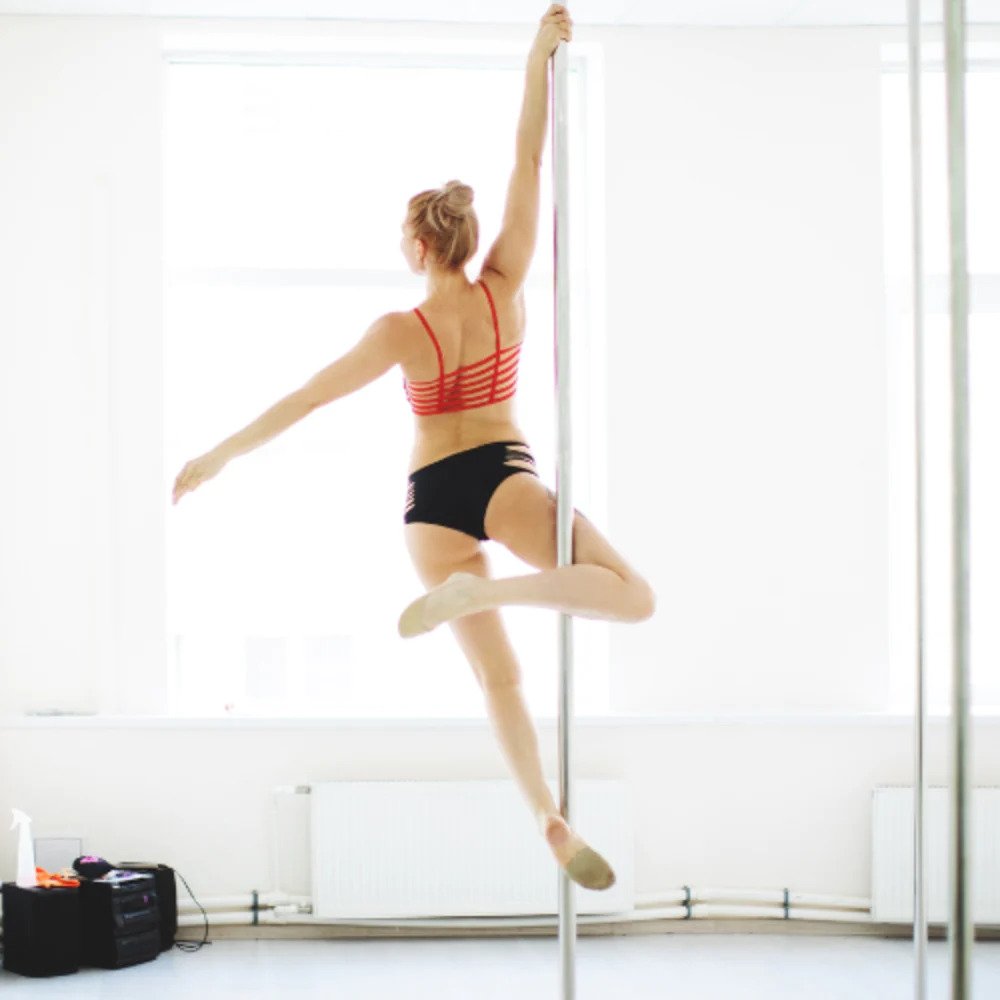 Dance Poles
Dance Poles
-
 Shatterproof Mirrors
Shatterproof Mirrors
-
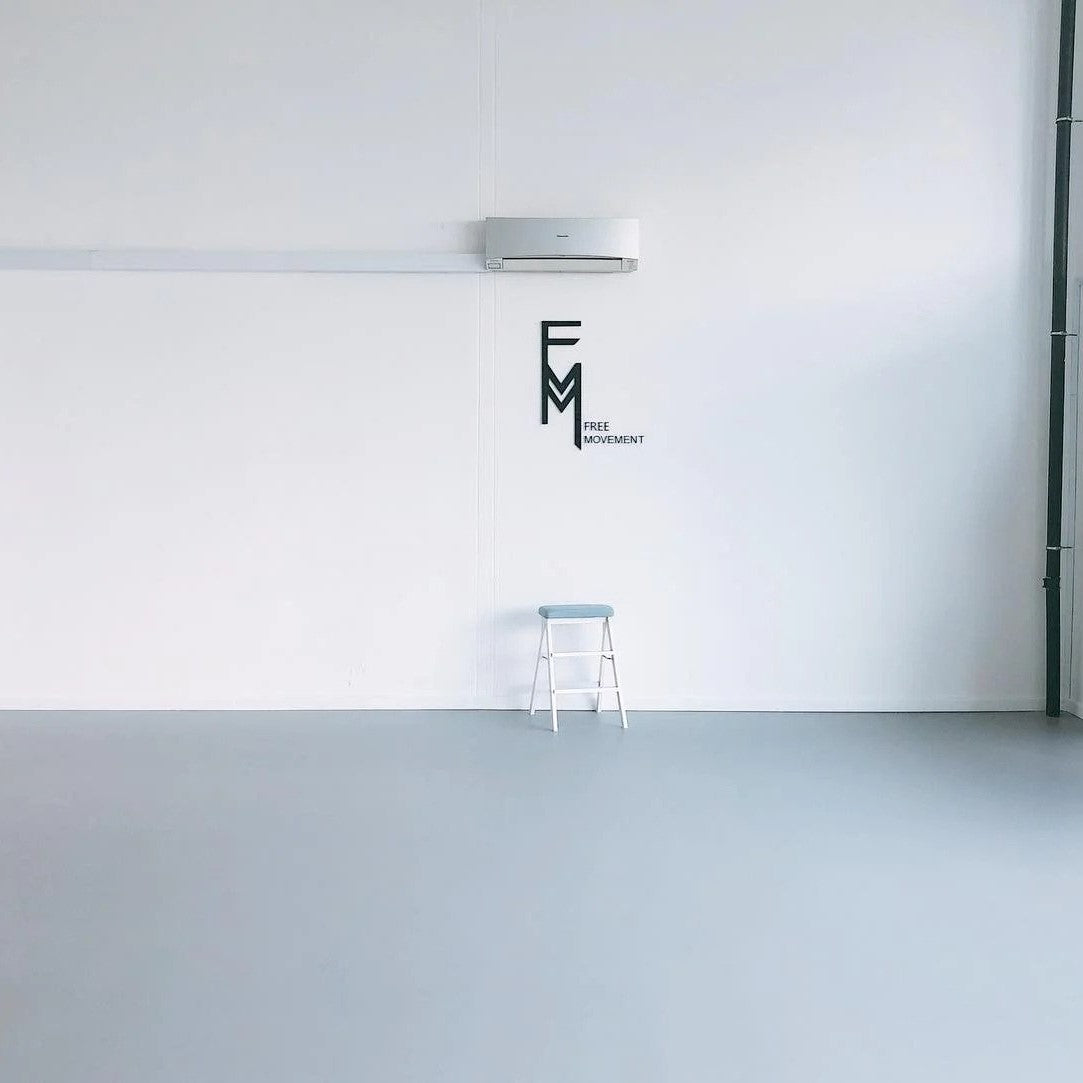 Dance Floor Rental
Dance Floor Rental
- Dance Floor Rental
- Go to Dance Floor Rental
- Marley Dance Mat Rental
- Installation
-
 Installation
Installation
-
 Charity
Charity
Dance Therapy
Embrace the Healing Power of Dance Therapy
Dance therapy, also known as dance/movement therapy (DMT), is a therapeutic approach that uses movement and dance to promote emotional, mental, and physical well-being. It is based on the premise that the body and mind are interconnected, and that movement can be a powerful medium for expression, healing, and transformation. This guide provides an overview of dance therapy, its history, fascinating facts, and how you can start your dance therapy journey with us.
A Brief History of Dance Therapy
Dance therapy has its roots in the early 20th century, influenced by the modern dance movement and the exploration of new forms of artistic expression. In the 1940s, pioneers like Marian Chace, Mary Whitehouse, and Trudy Schoop began to explore the therapeutic potential of dance and movement. These early practitioners worked with patients in psychiatric hospitals, discovering that movement and dance could be used to help individuals express themselves, reduce anxiety, and improve communication.
Marian Chace, considered one of the founding figures of dance therapy, developed a structured approach that involved observing movement patterns, encouraging self-expression, and fostering group dynamics through dance. Her work laid the foundation for the field, leading to the establishment of professional organizations and formal training programs.
In the following decades, dance therapy continued to evolve, with practitioners integrating theories from psychology, neuroscience, and other therapeutic disciplines. Today, dance therapy is a recognized form of psychotherapy, practiced worldwide in hospitals, clinics, schools, and private settings.
Fascinating Facts About Dance Therapy
Dance therapy is a unique and transformative form of therapy with many intriguing characteristics:
- Mind-Body Connection: Dance therapy emphasizes the connection between the body and mind. Practitioners believe that movement can reflect emotional states and that changing movement patterns can influence emotions.
- Expressive and Creative: Dance therapy encourages creativity and self-expression. Participants use movement to communicate thoughts, feelings, and experiences that may be difficult to express verbally.
- Diverse Applications: Dance therapy is used in a variety of settings, including hospitals, mental health facilities, rehabilitation centers, schools, and community centers. It can be applied to a wide range of issues, from stress and anxiety to trauma and physical rehabilitation.
- Group and Individual Sessions: Dance therapy can be conducted in group settings, where participants can explore movement together, or in individual sessions, where the focus is on personal exploration and healing.
- Certification and Training: Dance therapy is a professional field with certification and training programs. Practitioners often hold degrees in dance therapy and are trained in psychotherapy and counseling techniques.
Types of Dance Therapy Classes
Dance therapy encompasses a variety of approaches and techniques. Here are some common types of dance therapy classes:
- Group Dance Therapy: In group sessions, participants explore movement in a supportive environment. These sessions often focus on group dynamics, communication, and collective expression.
- Individual Dance Therapy: In individual sessions, the focus is on personal exploration and healing. The therapist guides the participant through movement-based exercises and encourages self-expression.
- Expressive Movement Therapy: This approach emphasizes free-form movement and creativity. Participants are encouraged to explore different ways of moving and to use movement as a form of emotional expression.
- Therapeutic Dance Workshops: These workshops focus on specific themes or goals, such as stress reduction, trauma healing, or improving body image. They often combine movement with other therapeutic techniques like meditation or breathing exercises.
The Learning Process
Learning dance therapy involves a combination of movement exploration, emotional expression, and therapeutic guidance. Here's what you can expect when you start your dance therapy journey:
- Group Sessions: Group sessions offer a supportive environment to explore movement and connect with others. You'll engage in guided exercises and group activities designed to promote communication and emotional expression.
- Individual Sessions: Individual sessions provide personalized guidance and focus on your specific needs. You'll work with a dance therapist to explore movement patterns, express emotions, and work towards personal growth and healing.
- Expressive Techniques: Dance therapy encourages creativity and expressive movement. You'll learn techniques to explore different ways of moving and to use dance as a form of communication and healing.
Reach Out to Us for Private Dance Therapy Sessions
At Free Movement Dance Studio, we offer private dance therapy sessions for individuals of all levels. Whether you're new to dance therapy or seeking a deeper exploration, our experienced dance therapists are here to guide you. You can book a private session tailored to your specific needs and preferences.
To schedule a private session, simply contact us via phone, email, or our website. We'll work with you to find a convenient time and create a personalized therapeutic plan that suits your goals. Don't hesitate to reach out—we'd be thrilled to help you embark on your dance therapy journey!
Dance therapy is a powerful and transformative practice that encourages healing, self-expression, and personal growth. So step onto the dance floor and let the movement guide you towards a path of wellness and inner peace. The world of dance therapy is waiting for you!
- Choosing a selection results in a full page refresh.



























